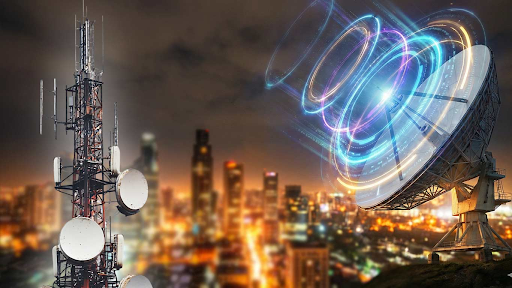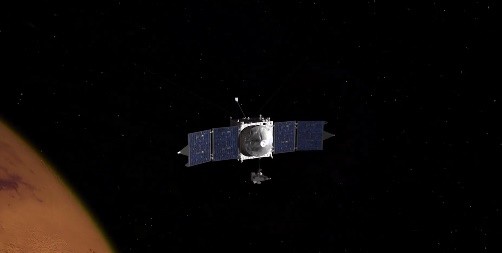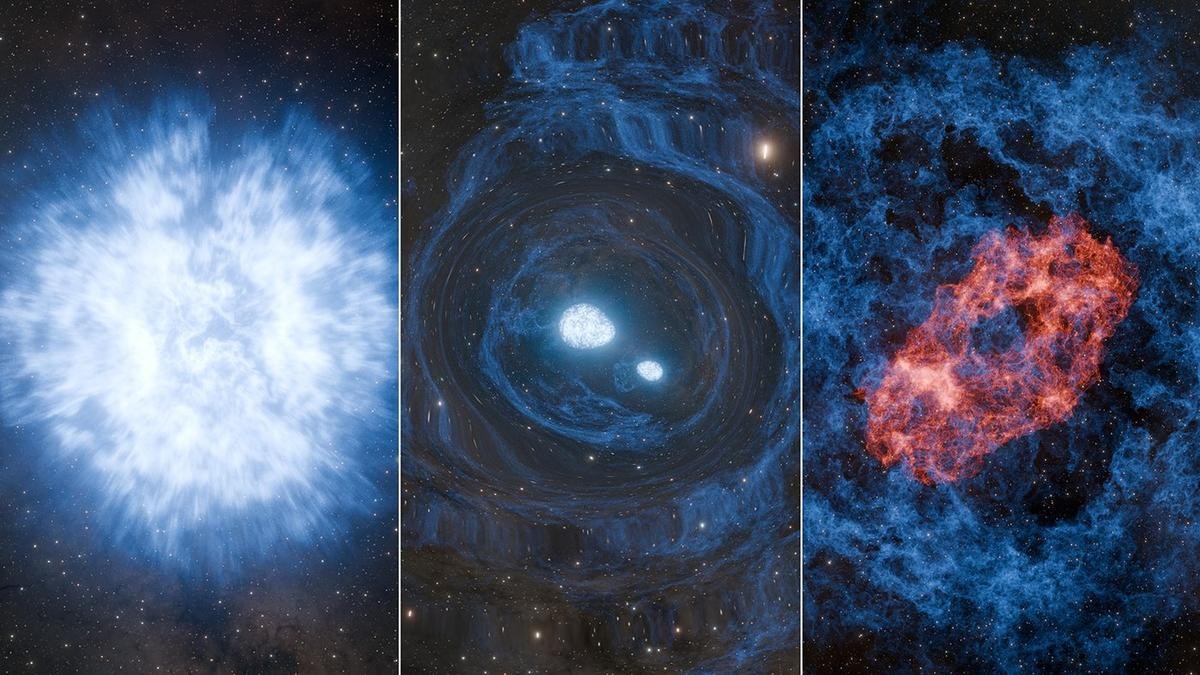



NASA discovered a massive, snake-like structure in the Milky Way, G359.13, which was fractured by a high-speed pulsar. The pulsar, spinning rapidly at 1-2 million mph, collided with the structure, distorting its magnetic field. Observations were made using Chandra X-ray Observatory, MeerKAT, and VLA telescopes.

Copyright infringement not intended
Picture Courtesy: PHYS
NASA uncovers how a fast-moving pulsar fractured a massive galactic "bone" near the Milky Way's center.
Astronomers have found a huge, bone-like structure in the Milky Way galaxy. They named it G359.13142-0.20005, or G359.13 for short, and nicknamed it “the Snake” because it looks like a long, winding snake.
G359.13 sits about 26,000 light-years from Earth, and its size is so vast that over 800 stars could fit within its length.
They used powerful telescopes like NASA’s Chandra X-ray Observatory, the MeerKAT radio telescope in South Africa, and the Very Large Array (VLA) in New Mexico to study it.
They discovered that the break was caused by a super-fast, spinning neutron star, called a pulsar, hitting the structure at speeds between 1 and 2 million miles per hour. This collision distorted the structure’s magnetic field and created the visible break.
A pulsar is a rapidly spinning neutron star, one of the densest objects in the universe. Neutron stars form when a massive star runs out of fuel, collapses, and explodes in a supernova. The explosion leaves behind a small, ultra-dense core—about 10–20 miles wide but heavier than our Sun.
During the supernova, the neutron star gets a “kick,” launching it at incredible speeds, sometimes over a million miles per hour. If the neutron star spins rapidly and emits beams of radiation from its magnetic poles, it is called a pulsar.
These beams sweep through space like a lighthouse, creating regular pulses of radio waves or X-rays that astronomers detect. In this case, the pulsar slams into G359.13, causing the fracture.
Astronomers use two powerful tools to study G359.13:
Source:
|
PRACTICE QUESTION Q. Consider the following statements:
Which of the above statements are correct? A) 1 and 2 only B) 2 and 3 only C) 1 and 3 only D) All of the above Answer: A Statement: Statement 1 is correct: The asteroid belt is a torus-shaped region in the Solar System, located roughly between the orbits of the planets Mars and Jupiter. It contains a vast number of irregularly shaped bodies called asteroids or minor planets. Statement 2 is correct: Halley's Comet is a periodic comet that is visible from Earth every 76 years (on average, though the exact period can vary by a few years). Its last appearance was in 1986, and it is next expected to be seen in 2061. Statement 3 is incorrect: While many short-period comets (those with orbital periods of less than 200 years) do originate from the Kuiper Belt, a significant number of long-period comets (those with orbital periods of thousands or even millions of years) are believed to originate from the Oort Cloud. |









© 2026 iasgyan. All right reserved